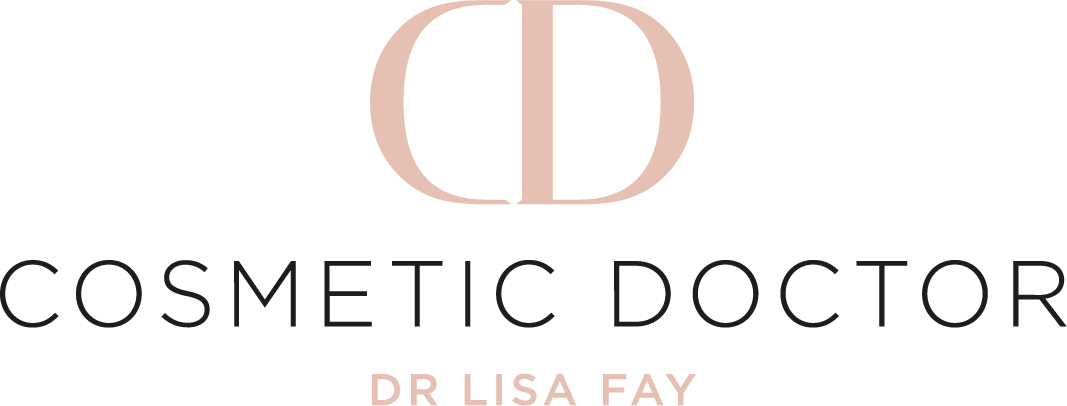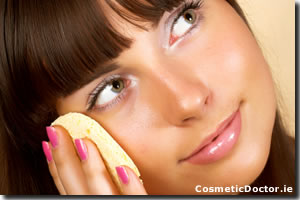Acne vulgaris is commonly classed as a skin problem that is only experienced during puberty, but in reality, acne can persist for years, long after the spotty teenager years have ended.
One of the most common skin problems seen by Dr. Fay at Cosmetic Doctor is adult acne and accordingly there are a range of treatments available to reduce acne breakouts and reverse acne scarring.
A skin cleansing routine specially formulated by Dr. Obagi called CLENZIderm can help tame acne breakouts and calm inflamed skin, while the uniquely designed Dermaroller can be used to reduce acne scarring.
Acne development on the skin
The pores on your skin are also the site of hair follicles, beneath which sit a gland that produces oil known as sebum.
Sebum protects skin and reinforces the skin’s natural moisture barrier, but if there is an overproduction of sebum, pores become clogged with oil.
Blocked pores are further aggravated when dirt, bacteria and dead skin cells build up in them, leading to skin becoming inflamed.
Acne can be triggered by hormonal changes that can cause an overproduction of oil, or the skin condition can be hereditary.
Different types of skin acne
Blackheads: Blackheads are clogged hair follicles that are open on the skin’s surface.
Whiteheads: Clogged pores found below the skin that are visible as small bumps on the skin with a white head.
Papules: When blackheads or whiteheads become inflamed they appear red and can be sore to touch.
Pustules: Extremely inflamed whiteheads with a surrounding red ring that are filled with white or yellow pus. They should be left untouched to avoid acne scarring.
Nodules: Large, inflamed raised bumps on the skin that form deep under the skin. They usually do not contain pus and are firm to touch on the surface.
Cysts: Associated with more severe acne, cysts are very visible lesions that deep in the skin and are tender to touch.
Other types of acne
Acne Rosacea: When acne is accompanied by a red rash that follows a similar pattern to rosacea – skin redness on the nose, cheeks, forehead and chin.
Acne Conglobata: A more severe form of acne characterized by inflamed nodules that are connected under the skin to other nodules – it can cause extensive scarring.
Acne Fulminans: This type of acne manifests suddenly and is usually accompanied by a fever and aching. More common in men, the condition usually develops from acne conglobate.
Gram Negative Folliculitis: A rare type of acne that can be caused by long-term use of antibiotics.
To discuss acne treatment options with Dr. Fay at Cosmetic Doctor, call 01 685 3100.

